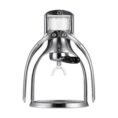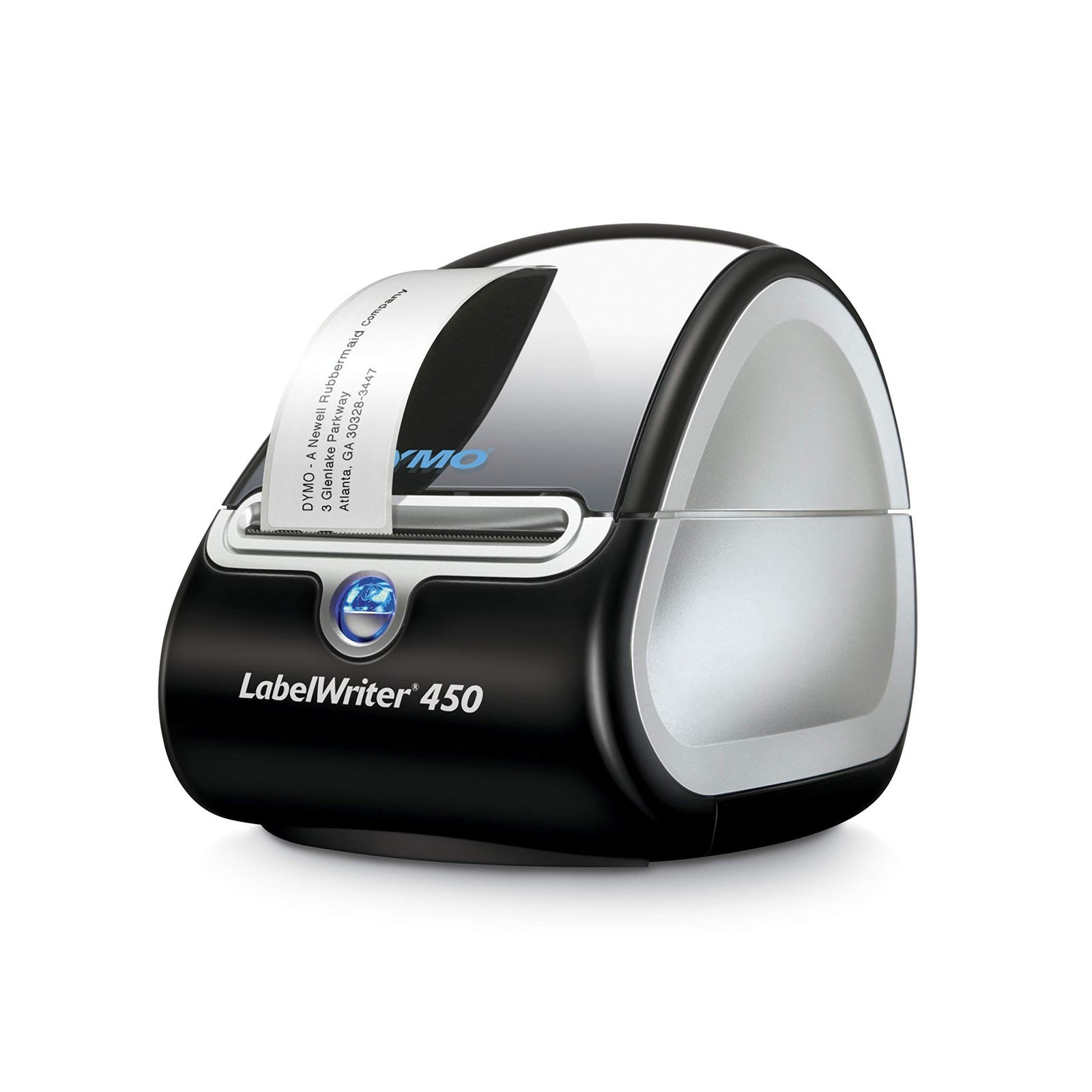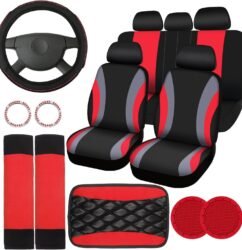Selling on a multivendor platform can be exciting, but it also brings challenges. Standing out among so many sellers and reaching customers takes smart marketing strategies. Whether you’re new to multivendor platforms or looking to boost your sales, this guide will cover everything you need to know about marketing effectively on these platforms.
Introduction
Multivendor platforms, like YoMarkick, provide vendors with opportunities to reach a large audience. However, with so many sellers on these platforms, competition is fierce. Marketing your products effectively is crucial to get noticed, attract customers, and increase sales. In this blog, we’ll explore key strategies that vendors can use to stand out and succeed on multivendor platforms like YoMarkick.
1. Understanding the Multivendor Platform
What is a Multivendor Platform?
A multivendor platform is an online marketplace where multiple sellers list their products. YoMarkick is a prime example, where each vendor manages their own store, but all sellers share the same marketplace, competing for the attention of the same customers.
Why Marketing is Important
In such a competitive environment, it’s not enough to just list your products. You need to market them to ensure they get seen by the right customers. This includes optimizing your product listings, using promotions, and engaging with customers.
2. Optimizing Product Listings
Use SEO (Search Engine Optimization)
Search engine optimization is all about using the right keywords in your product titles and descriptions. When potential buyers search for products, platforms use algorithms to rank products. By using popular search terms in your titles and descriptions, you increase the chances of your products appearing at the top of search results.
- Tip: Use tools like Google Keyword Planner to find keywords that are related to your products. Use them in your product titles and descriptions naturally.
Write Clear Product Titles and Descriptions
Your product title is one of the first things customers see. Make sure it is clear, descriptive, and includes important keywords. Your product description should also explain the product in detail, highlight its features, and convince customers why they should buy it.
- Tip: Avoid writing too much. Keep descriptions clear and easy to read. Highlight the most important features first.
Use High-Quality Images
Images are crucial for online shopping. Customers can’t touch or see the product in person, so high-quality images are the next best thing. Take multiple photos from different angles, and ensure the lighting is good so your product looks professional.
- Tip: If possible, include videos or 360-degree images to give customers a better view of the product.
3. Smart Pricing Strategies
Competitive Pricing
Pricing your products correctly is essential. Too high, and customers may ignore your listing. Too low, and you may not make enough profit. Check out what your competitors are charging and try to find a price that’s fair but competitive.
- Tip: Use tools that compare prices across different vendors. Some platforms even have built-in price tracking tools.
Discounts and Promotions
Offering discounts can attract new customers. Whether it’s a holiday sale or a first-time buyer discount, promotions can increase traffic and sales. Just be careful not to over-discount, as this could hurt your profits.
4. Building Brand Awareness
Create a Unique Brand Identity
Even if you’re just starting, building a brand identity can help. This includes having a consistent logo, store name, and design theme that reflects your business. A strong brand identity makes you memorable and helps build trust with customers.
Engage with Customers
Customers appreciate vendors who engage with them. Reply to questions and feedback promptly. Offering excellent customer service not only improves your reputation but also encourages repeat business.
- Tip: Consider offering personalized thank-you notes or follow-up emails after purchases.
5. Driving Traffic Through External Marketing
Social Media Marketing
Social media is a great tool for driving traffic to your store. Platforms like Instagram, Facebook, and Pinterest are popular for showcasing products. You can post product photos, share reviews, or even run contests to engage potential customers.
- Tip: Choose social media platforms where your target audience is most active. Use hashtags to increase visibility.
Email Marketing
Building an email list allows you to reach out to past customers and inform them about new products, promotions, and more. Offer discounts to your email subscribers to encourage repeat business.
Partner with Influencers
Influencer marketing is popular for promoting products. Partnering with an influencer who aligns with your brand can expose your store to a larger audience. This strategy can be especially effective for products in the fashion, beauty, and lifestyle categories.
6. Paid Advertising Strategies
PPC (Pay-Per-Click) Advertising
Platforms like YoMarkick offer pay-per-click advertising, where you pay each time someone clicks on your ad. It’s a great way to boost visibility for your products. Just make sure you set a clear budget and track your spending.
Remarketing Campaigns
Remarketing is a strategy where you target customers who have previously visited your store but didn’t make a purchase. You can use Google Ads or Facebook Ads to show them your products again, encouraging them to come back and buy.
7. Analytics and Improvements
Track Performance
Most platforms provide performance data. Track metrics like clicks, views, and conversions. Use this information to see which products are performing well and which may need improvement.
A/B Testing
A/B testing is a method where you try two versions of a product listing, ad, or email to see which one performs better. By constantly testing and tweaking your marketing efforts, you can improve your results over time.
8. Retaining Customers
Provide Excellent Customer Service
Great customer service is key to building long-term relationships. Respond to customer inquiries quickly, resolve issues professionally, and ensure that products are shipped on time.
Loyalty Programs
Consider offering loyalty programs to reward repeat customers. This could include discounts, exclusive offers, or points systems that encourage them to shop with you again.
9. Future Trends in Multivendor Marketing
Personalization
As technology advances, personalized marketing is becoming more common. AI-powered tools can recommend products based on a customer’s past behavior. Staying up to date with these trends can give you a competitive edge.
Mobile Commerce
More people are shopping via mobile devices than ever before. Make sure your product listings are mobile-friendly, and consider running mobile-specific ads.
Conclusion
Marketing on a multivendor platform like YoMarkick may seem challenging, but with the right strategies, you can grow your business and increase sales. By optimizing your listings, using social media and email marketing, offering competitive pricing, and engaging with customers, you can stand out in a crowded marketplace. Continuously tracking and improving your efforts will help you succeed in the long run.
FAQs
Q: How do I improve my product ranking on YoMarkick?
A: Use relevant keywords in your product titles and descriptions, offer competitive prices, and ensure you have high-quality images. Encourage customers to leave positive reviews, as this can boost your ranking.
Q: What’s the best way to advertise on a multivendor platform like YoMarkick?
A: Pay-per-click (PPC) advertising is a popular option. You can also use social media ads, email marketing, and influencer partnerships to drive traffic to your store.
Q: How can I get more reviews for my products?
A: Ask customers for reviews after they purchase. You can offer a small incentive, like a discount on their next order, to encourage them to leave feedback.
Q: Is it important to have a brand identity on a multivendor platform like YoMarkick?
A: Yes, having a clear brand identity makes your store more memorable and trustworthy. It can help you stand out among competitors and build customer loyalty.
Q: What should I include in my product descriptions?
A: Be clear and concise. Include important features, benefits, and any specifications customers may need to know. Use relevant keywords to help your product appear in search results.





















